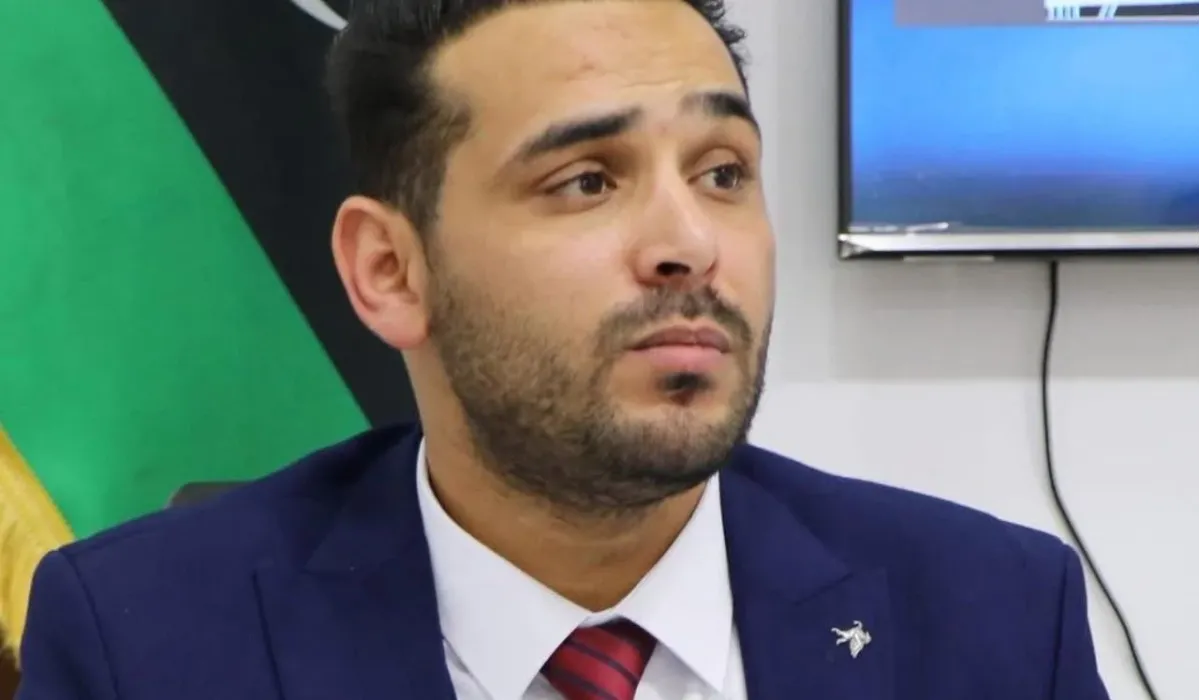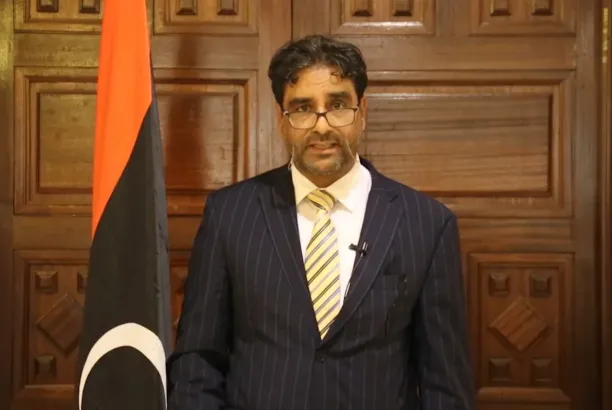By: Professor of Political Economy, Mohammed Al-Barghouthi
Amid the economic shifts taking place in Libya and the complex financial and political challenges surrounding them, the issue of gold revaluation has emerged as one of the most significant developments in managing the country’s reserves.
While debate has intensified over whether the Central Bank of Libya (CBL) sold part of its gold or used it to cover certain expenses, a closer look reveals that what actually happened was an accounting procedure that reallocated the components of the monetary cover — nothing more.
1. What does gold revaluation mean?
The gold purchased by the Central Bank is recorded in accounting books based on its purchase price at the time of acquisition.
For example, if the Bank bought 10 tons of gold in 2005 at a price of $50 million per ton, it would record $500 million as the total book value of its 10-ton gold reserve. This value remains unchanged unless a revaluation takes place — this is known as the historical value.
Over time, as global gold prices fluctuate, the market value becomes much higher than the recorded value.
Thus, when the Central Bank decides to revalue its gold, it raises the book value of this asset to match its current market price, without actually buying or selling any gold.
This process is purely technical — it allows the Bank’s books to more accurately reflect the real value of its reserves.
2. Why now?
This revaluation is not coincidental. The world is going through a sensitive economic phase, with gold prices reaching record highs, exceeding $3,600 per ounce in 2025 — that’s over $115 million per ton of pure 24-carat gold.
This surge stems from geopolitical tensions, trade wars, and expansionary monetary policies in major economies, alongside declining confidence in the dollar, euro, and pound sterling.
From this perspective, the Central Bank of Libya saw updating its gold valuation not just as an accounting choice but as a strategic necessity — to reflect the Bank’s true financial strength and reinforce the solid backing of the Libyan dinar.
3. From the past to the present
Over the past four decades, the gold prices on which Libya built its reserves have varied:
- 1980s: Average price around $350/oz, or $11 million per ton.
- 1990s: Around $390/oz, or $12 million per ton.
- 2000–2009: Roughly $650/oz, or $21 million per ton.
- 2010–2019: Around $1,250/oz, or $40 million per ton.
- 2020–2025: Ranged between $2,200–$3,600/oz, or $70–115 million per ton.
Libya’s gold reserves have fluctuated between 115 and 120 tons since the 1980s, gradually rising to 146.65 tons in 2023 — the highest level in history, according to Trading Economics, the IMF, and the World Gold Council.
This means that the historical book value of Libya’s gold reserves was far below their current market value.
The revaluation raised the apparent asset value from around $6 billion to over $17 billion, possibly even higher at today’s prices.
4. What did the Central Bank do with this increase?
After revaluation, the book value of gold assets increased — allowing the Bank to free part of the dollar reserves previously held to back the printed local currency (M0).
In simpler terms, because the newly revalued gold now covers a larger share of the money supply, some of the frozen dollar reserves became available for use.
The CBL used these freed dollars to help cover part of the balance of payments deficit, especially amid rising foreign currency demand and reduced oil revenues, and to strengthen usable foreign reserves.
Thus, two positive outcomes were achieved:
- The book strength of assets rose due to gold’s revaluation.
- The actual liquidity in dollars increased thanks to the released reserves.
5. Economic and institutional outcomes
- Improved reserve structure:
Libya’s reserves are now more diversified — between gold, dollars, bonds, and foreign assets — reducing risks tied to global currency fluctuations. - Enhanced confidence in the Libyan dinar:
Declaring that the currency is now partially backed by gold at updated prices sends a reassuring signal to local markets. - Better monetary coverage ratios:
After revaluation, the coverage ratio of printed money now exceeds 100% in value — meaning the money supply is fully backed by real assets. - Support for the balance of payments:
The released dollars represent a real cash flow that can fund essential imports without depleting strategic reserves. - Improved international solvency indicators:
Recent IMF reports highlighted an improvement in Libya’s reserves — thanks to both the quantity and revalued worth of gold, as well as better reserve management overall.
6. What should be approached with caution?
Despite its positive aspects, several points require attention:
- The profits resulting from gold revaluation are not a permanent source of funding; they are paper gains, not cash inflows for ongoing spending.
- Transparency is crucial in disclosing the valuation prices and dates used.






